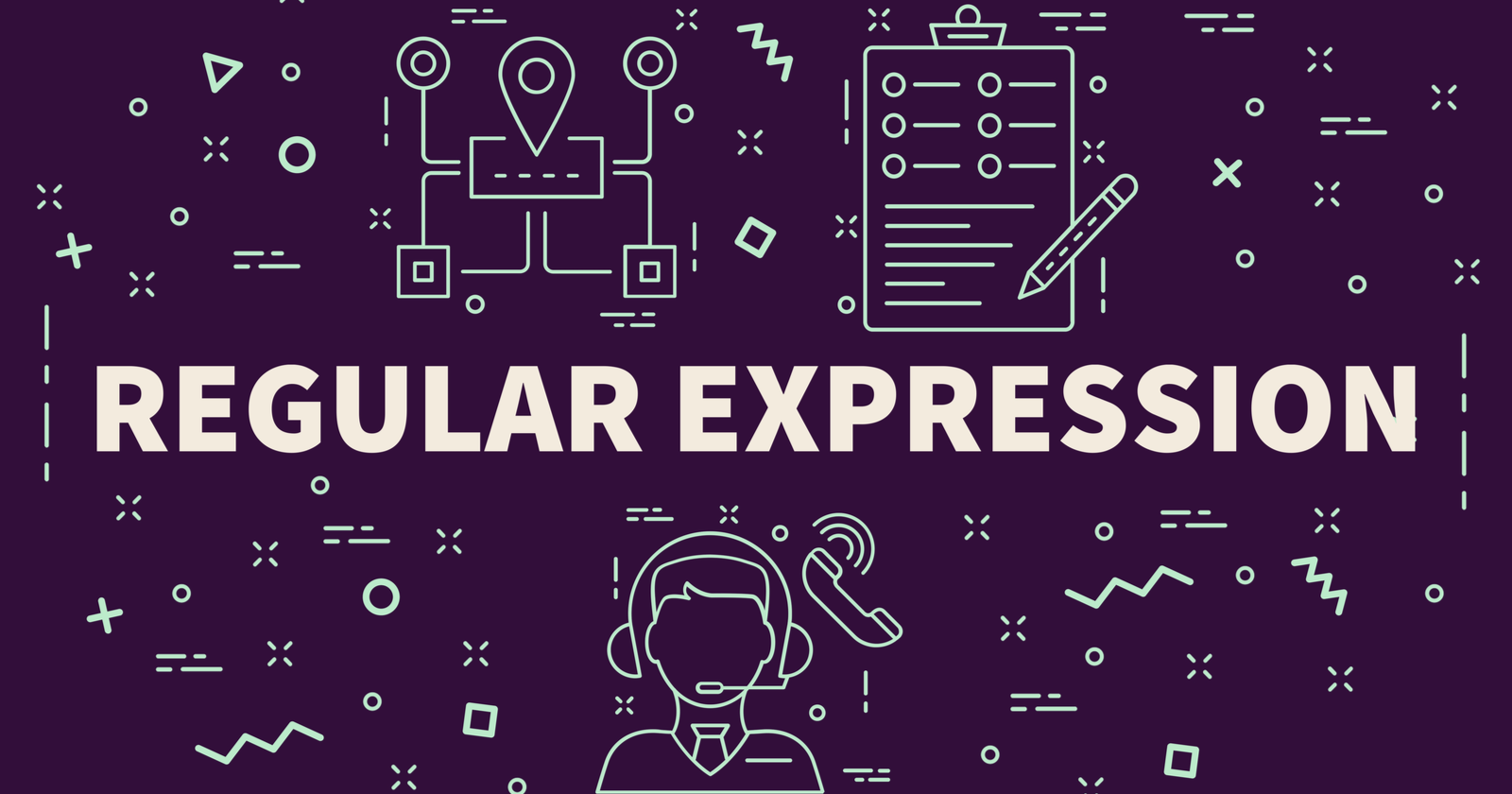
Digital Asset Management: What Is It & Why It Matters in Enterprise SEO

What is digital asset management and how does it serve enterprise SEO objectives? Explore how DAMs support smarter search strategy.
What is Digital Asset Management (DAM)? Short Explainer Video
In this short Explainer Video, we showcase what Digital Asset Management (DAM) is and the importance of having a great Digital Asset Management System to scale your content creation.
Want to learn more about what a DAM can do for you? Check out: https://www.lytho.com/digital-asset-management or download our whitepaper for free: “Improve your marketing performance with DAM’
https://launch.lytho.com/download-whitepaper-improve-marketing-dam
After you have an understanding on what Digital Asset Management is, you would want to look into which DAM system works for you. To help you get started witch choosing the right Digital Asset Management System, we have compiled a comparison guide: https://launch.lytho.com/how-to-choose-a-dam
In short:
Digital Asset Management allows organizations to easily store, organize, find, manage, create, distribute, and analyze all their digital content. It helps you keep control of your brand identity and improve your overall marketing performance.
Why use a digital asset management system?
Due to their features, DAM systems are gaining in popularity among marketers, designers, and sales reps. The reason? A DAM system creates structure, meaning no more endless searches in folders but quickly finding the right image – eliminating unnecessary hours and operational costs.
Digital Asset Management (DAM) systems can help improve Brand Consistency
A central database such as a brand portal can be a very helpful part of the solution. With a brand portal, you secure your (visual) brand identity by storing all brand assets like photos, logos, and videos, in one place. You and your colleagues can access, download and share the right content with each other, as well as your partners.
A brand portal is often called a Digital Asset Management Platform, or DAM platform for short. Many DAM systems do not only offer a central asset database but also integrate create & publish and workflow features. With an integrated web-based InDesign Server, anyone with an assigned administrator role can create and publish marketing collateral with preset templates.
Last, but not least, many DAM platforms make it possible to manage access rights so you can selectively make different assets available to only the people that need to be able to use them.
A brand portal allows you to secure your brand identity, save time and costs.
The advantages of using a DAM
These are a few of the advantages of using a cloud-based brand portal:
– Brand guidelines are always within reach;
– All files are always up to date (eg. most recent logos);
– On-demand access, anywhere, anytime provided you are connected to the Internet;
– No more duplicates;
– Full control by giving users access to certain folders;
– By giving access to partners or third parties you work with, you enable them to easily obtain the files they need without bothering you;
– You don’t have to involve an InDesign expert every time you want to create new marketing content;
– Forget e-mailing for approvals: in a brand portal, you can create an efficient workflow.
Need more info?
– Does it seem like a centralized, cloud-based DAM system might be of value to you and your organization, and not sure where to go next? Check out the following resources, or if you have any specific questions, feel free to get in touch. We’re happy to help.
What is Enterprise Digital Asset Management Software?
Companies around the world use Digital Asset Management Software by market leader IntelligenceBank. Founded in Australia but now a global leader in Digital Asset Management and Marketing Operations Software. Digital Asset Management systems are used to store and organize digital assets in a central place with easy and fast search, file transformation tools, analytics and more.
Learn more here: https://www.intelligencebank.com/digital-asset-management
What is Digital Asset Management (DAM)?
What is a digital asset? And why would I need a software platform to manage digital assets, anyway? Learn more in Brandfolder’s What is Digital Asset Management guide: https://brandfolder.com/blog/what-is-digital-asset-management
Transcription:
I think you want this one, although, this one honestly looks pretty compelling.
DAM. It’s shorthand for Digital Asset Management. If you’re here, you’ve clearly heard the term, but might not be totally clear on what it is so…
Let’s break it down.
A digital asset refers to any and all content that a brand saves to digital formats, such as images, videos, ads, ebooks, logos, brand guides… and sadly, no, it’s not digital currency. I know that’s all the rage.
Digital assets are what brands use to reach their audience. So, why would anyone need a management system for this?
Well, back in the day, they didn’t. Enter: the internet, and all of its glory.
Now, brands produce exponentially more content than ever before. And for most companies, digital asset management systems have become less of a “that’d be nice to have,” and more of a “oh my goodness we need this for survival.”
Marketers are now juggling more content streams than ever before. Teams are struggling to quickly find the right asset to launch the right campaign on time; creatives are stuck doing redundant and trivial tasks like finding, resizing, and re-exporting assets in different formats; and entire organizations leak time and resources while trying to balance speed and efficiency with brand consistency.
Navigating this asset sprawl led to a hunter-gatherer way of life, where we were forced to search across various platforms and folders and drives open file after file until eventually we’d find what we’re looking for. But, thankfully, technology has allowed us to adapt and develop the tools needed for growing society, or, in this case a growing brand.
And the struggles are real. It’s estimated that some 68% of content goes unused. And, while it isn’t polluting the oceans or hurting the atmosphere, it is hurting brands’ bottom lines. Every year an estimated $300 billion is spent recreating misplaced assets.
Enter: Digital Asset Management.
With today’s smarter technology, marketers quickly launch on-brand campaigns; creatives have more time to spend actually creating; and entire organizations can easily locate the right digital asset, at the right time, every time.
Ultimately, DAM becomes a central source of truth for all brand activity.
Now, don’t get confused. DAM has some distant relatives that people often mistake for a real DAM solution. This is not a document or file storage like Sharepoint, Google Drive or Dropbox, which often end up as digital asset purgatory. DAM software is a different breed. Sure, DAM does organize and store, but it also does so much more…
As your asset library grows, DAM keeps teams on the same page. It keeps digital assets on brand, up-to-date, and in use, and scales digital marketing campaigns all while maintaining brand integrity. At the end of the day, it means:
No more:
Off-brand or out-of-date assets
Nondescript folder names that no one has access to
Incessant repeat requests from the whole company
And more:
Intuitive user experiences for search and discoverability
Version control
Approval and permissions settings
Sleep at night
Brandfolder prides itself on having the world’s most intuitive way to store, manage, share, and analyze all of a brand’s digital assets. The result is greater creative impact, faster speed-to-market, and optimized collaboration across internal and external teams, worldwide.
Visit Brandfolder.com to learn more about how digital asset management can support your team so they can focus on growing your brand.
https://brandfolder.com
https://brandfolder.com/blog/what-is-digital-asset-management
Why Enterprise Digital Asset Management
A Digital Asset Management (DAM) solution is an important part of the technologies required in a modern Marketing organization. A Digital Asset Management system provides the Marketing and Creative teams with asset storage, versioning, workflows and rights management.
However, the digital assets that Marketing creates are used by multiple departments and are critical to many areas of the business. Salespeople need logos, graphics, and content for presentations and proposals. Operational teams need graphics and approved text for forms and applications. In many organizations the critical Marketing assets are not effectively shared, distributed or managed resulting in misuse of assets, poor brand representation and reduced customer experiences.
This video provides an overview of Digital Asset Management capabilities and discusses the challenges organizations face in trying to manage their assets throughout the enterprise. The features you should look for in an Enterprise Digital Asset Management solution will be discussed along with the benefits of giving everyone effective access to the right asset when they need it.


